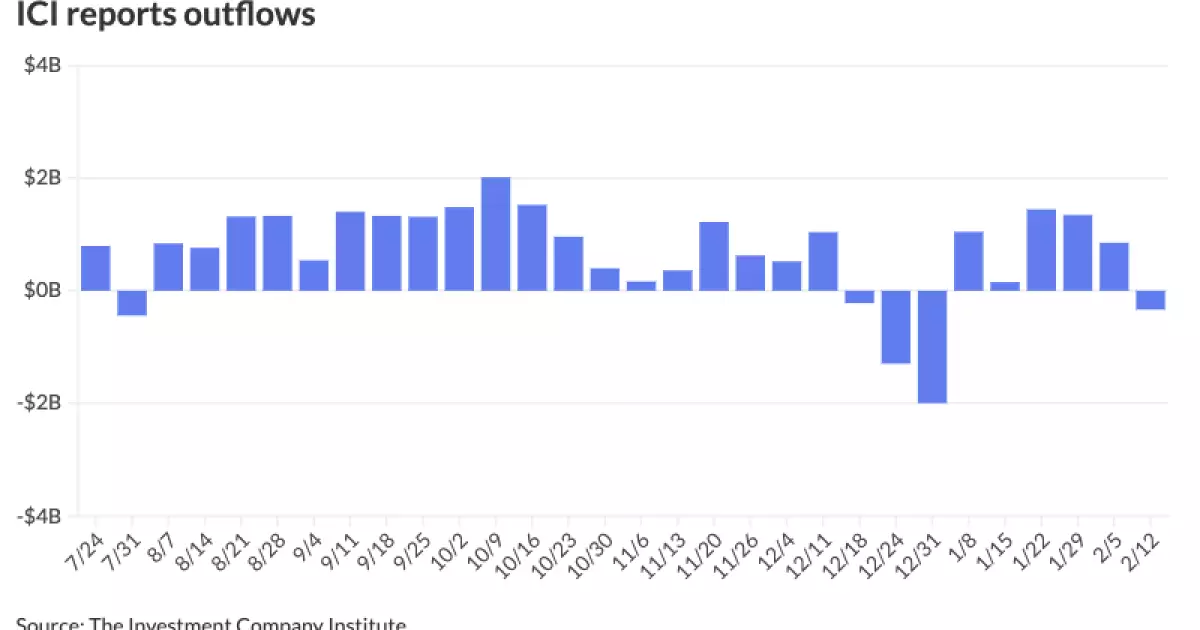The municipal bond market has been navigating through a phase marked by noteworthy fluctuations and mixed results. Against the backdrop of relatively stable two-year municipal to U.S. Treasury (UST) ratios and varied investor sentiment, the landscape signals both challenges and opportunities for various stakeholders. In this analysis, we delve into recent market behavior, upcoming supply dynamics, and investor interest that could shape the municipal bond sector in the year ahead.
On a recent Wednesday, the municipal bond market demonstrated marked stability, largely in sync with the broader capital markets. U.S. Treasuries showed firmness, while equities displayed a mixed performance. According to recent readings, the ratios comparing two-year municipal bonds to UST sat at around 63%, suggesting a consistent trend across various maturities — a sign of resilience during turbulent market conditions. However, the market is coming off a week of reported outflows of $336 million as reported by the Investment Company Institute, contrasting with LSEG Lipper’s report of inflows amounting to $238.5 million. This discrepancy points towards diverging perspectives on market viability, emphasizing that investor sentiment remains complex and multifaceted.
As we progress into 2024, the estimated bond supply has surged past the $500 billion mark, compounded by pressures from COVID-era fund depletion and the urgent requirement for infrastructural investment. Nick Venditti, head of municipal fixed income at Allspring, noted that issuers are unlikely to defer their agendas any longer, marking a pivot from the hesitancy seen during the peak of the pandemic. The increasing demand for capital to address longstanding projects underscores a pivotal moment for municipal bonds, where supply tightening could fuel competitive pricing.
The previous week’s issuance was particularly notable, reaching the fifth-largest calendar volume in the last year. However, market analysts caution that while a ‘strong buying push’ from institutional accounts did occur, the market may see resistance from managed accounts should bond yields fall abruptly. This predicament presents a nuanced challenge for bond dealers, who must navigate between demand and supply without losing pricing integrity.
Looking ahead, market expectations indicate a bifurcated outlook for demand. While early indications suggest a resurgence of interest, particularly from rate-sensitive borrowers responding to tax-exemption fears, the potential overstretching of supply remains a concern. Venditti pointed out that if demand does not materialize amidst excessive issuance, the market could face downward pressure, a scenario that investors must strategically prepare for.
Currently, issuance warns of a slowdown with estimates hovering around $5.5 billion, influenced in part by the prior holiday. Analysts advocate viewing this as an opportunity for investors to resolve outstanding balances while absorbing the limited new offerings. However, the long-term picture illustrates a likely upsurge in issuance as the year progresses. It raises the critical question of whether demand can keep pace with an expanding supply is yet to be fully determined.
In a revealing look at the primary market, recent bond issuances have drawn significant attention. The Pennsylvania Economic Development Financing Authority recently priced a substantive $500 million of taxable revenue bonds, targeting various maturities with substantial coupon rates. Meanwhile, San Mateo County Transit District and Guilford County have also engaged in notable bond offerings, highlighting a robust demand for financing in the public sector.
As the municipal market evolves, the stability of the AAA-rated bond scales has been maintained, with marginal changes observed within the yield curve. Pricing adjustments are crucial as they indicate room for negotiation and investment strategy, particularly concerning near-term reluctance for volatility.
Overall, the trends within the municipal bond market illustrate a conflict between traditional investor behaviors and emerging supply complexities. Stakeholders must remain vigilant, adapting strategies to navigate potential market shifts. Although we have seen fluctuations in investor sentiment, fundamental demand could influence recovery positively if municipalities continue to prioritize financing for pressing infrastructure needs while engaging with investors proactively. The upcoming months will prove critical, as market participants evaluate the equilibrium between supply and demand crucial for realizing sustainable growth and profit margins in the municipal bond sector.

